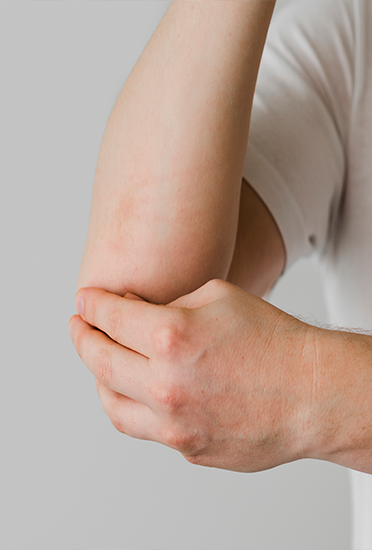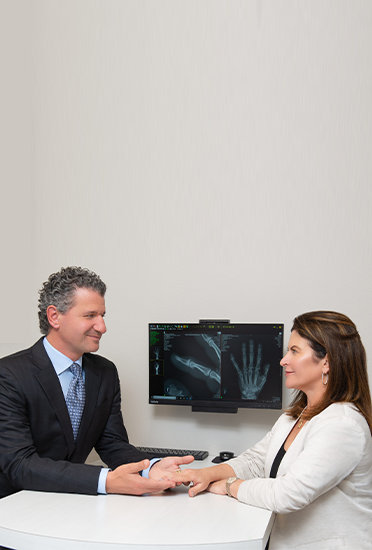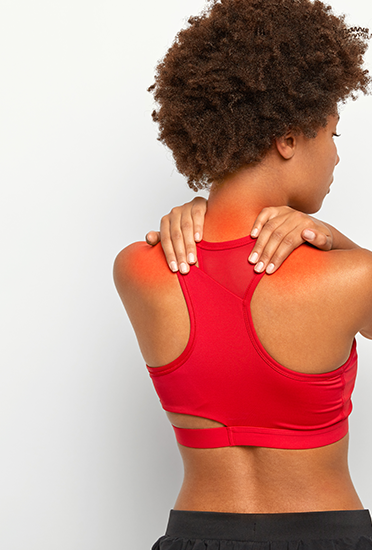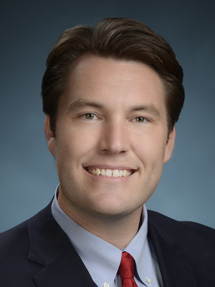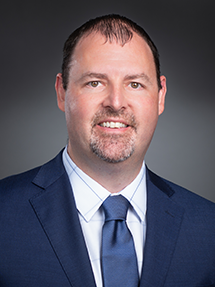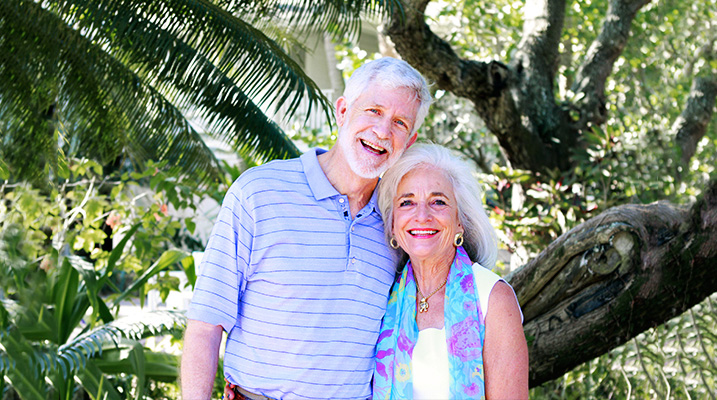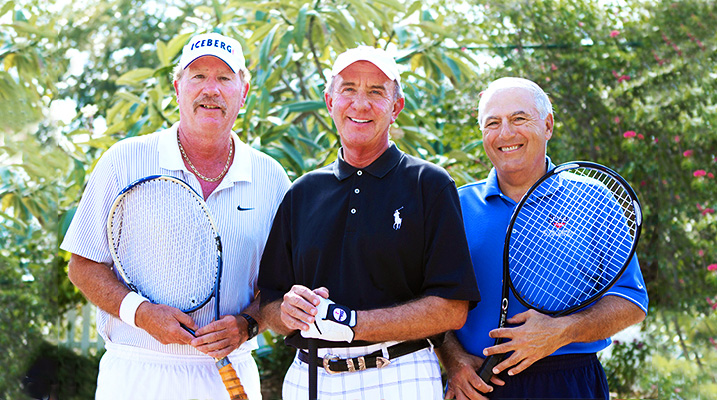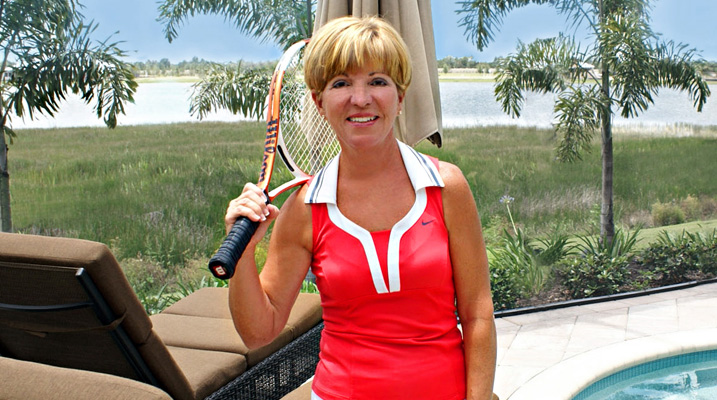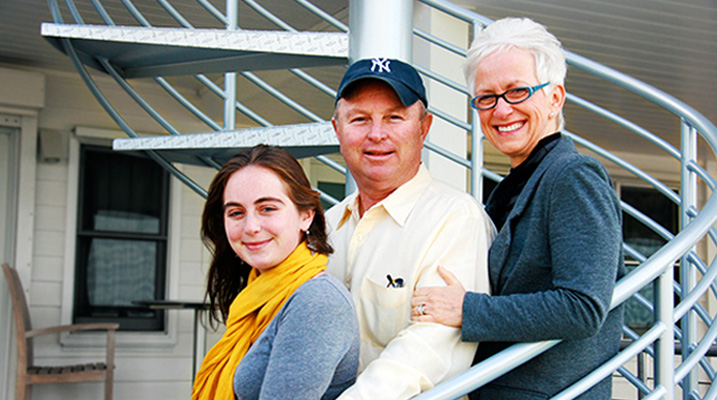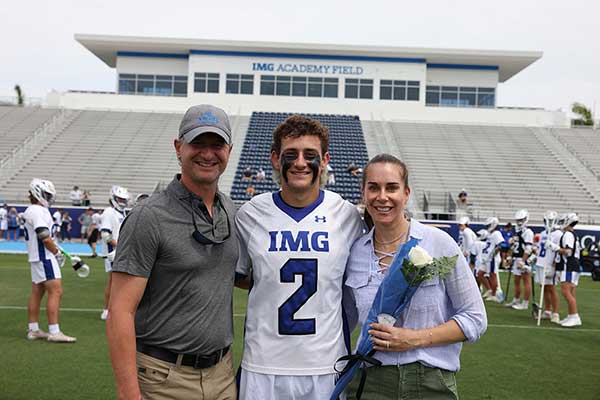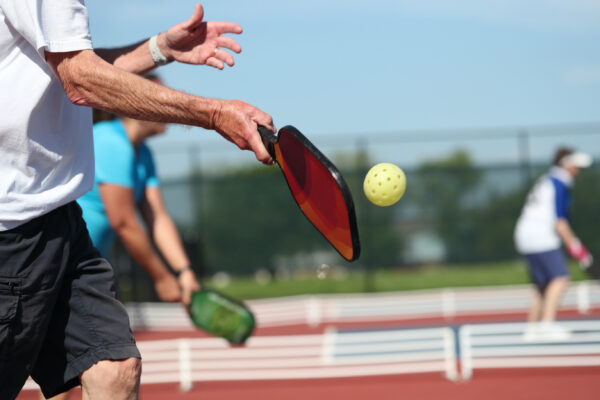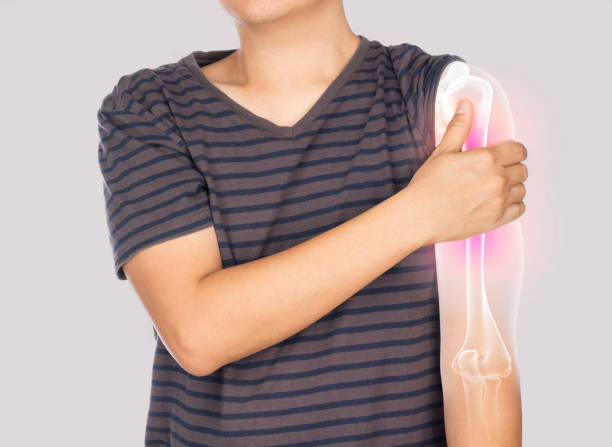AC Joint Reconstruction & Separation
What is AC Joint Separation?
Four joints make up the shoulder, and it’s one of the most complex areas of the body. The AC joint or acromioclavicular joint is where the clavicle (collarbone) and the acromion bone of the scapula (shoulder blade) meet. The acromion bone is the highest point of the shoulder. When injury or trauma affects the shoulder, often the AC joint becomes disjoined and separated at the clavicle and scapula. This is often the result of a direct hit in contact sports or from a fall or traumatic accident. The acromioclavicular ligament is stretched or torn with AC joint separation, but when the coracoclavicular ligaments is also torn or injured, this causes instability and limited or no shoulder function.
The shoulder joint is one of the most complex joints in the body and provides the most range-of-motion. When the AC joint is dislocated, many times, surrounding tendons and ligaments are also injured or torn. These types of cases may cause lengthy healing times and require surgical intervention.
If the patients’ symptoms are mild to moderate, there is a good chance that conservative treatment options will be enough to relieve pain and improve functionality. Consequently, surgery may be necessary if the disorder is advanced or involves or exacerbates other shoulder conditions. The physicians at Sforzo | Dillingham | Stewart Orthopedics + Sports Medicine are board certified with extensive experience in all aspects of orthopedics.
Anatomy of Shoulder
The complexity of the shoulder is as follows: The upper arm bone fits snuggly into the glenoid socket, and the labrum acts as a cushion to protect and stabilize the joint. The labrum is a strong fibrous ring that stabilizes many ligaments and the bicep tendon. The shoulder joint is protected and stabilized by a group of muscles that form tendons, known as the rotator cuff. The humerus bone is encapsulated and protected by the rotator cuff as it wraps from the humerus bone to the scapular or shoulder blade.
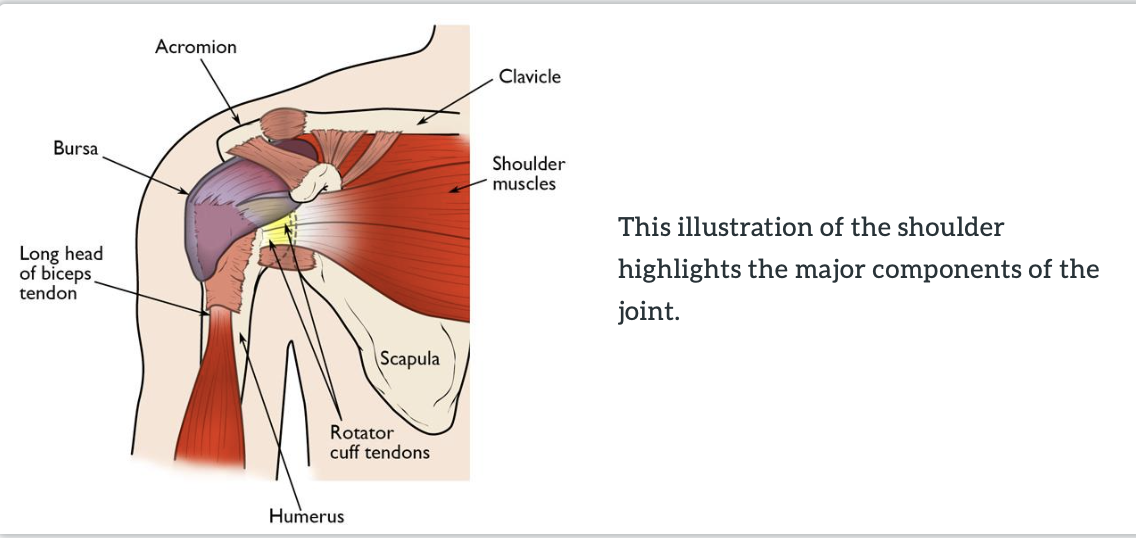
Grades of Separations
Type 1, 2 and 3 are the most common types of injury
- Grade 1 – This is the most common AC joint injury, which is when the acromioclavicular ligament is stretched or torn partially.
- Grade 2 – The acromioclavicular ligament is completely torn in two and the coracoclavicular ligaments remain intact.
- Grade 3 – The acromioclavicular and coracoclavicular ligaments are both torn causing instability and an appearance of deformity in the shoulder.
- Grades 4, 5 and 6 – Grades 4, 5 and 6 are rare and usually occur with an automobile accident or severe trauma. When the clavicle and the acromion are disjointed these occur and require surgery.
Dr. Sforzo and Dr. Dillingham both provide excellent treatment options for their patients with shoulder injuries and degenerative disease. They are leaders in providing technically intricate procedures such as arthroscopic repair and total reverse shoulder surgery.
How to Diagnose AC Joint Separation
We will perform an in-depth physical examination of the shoulder and evaluate your pain level with mobility. Diagnostic imaging is also essential to view the intricate details of the shoulder and determine an accurate diagnosis and appropriate treatment plan.
Diagnostic Should Include the Following:
- A thorough physical examination will be provided
- Explanation of physical activity and what caused the acute injury
- Medical history
- X-ray- Shows if any fractures coincide with the tear(s)
- MRI (Magnetic resonance imaging)-Will show the intricate detail of soft tissue and exactly where the tear is located and its severity.
- Electromyography (EMG)-Stimulates the nerves to measure muscle response or electrical activity nerve’s stimulation for neuromuscular abnormalities.
AC Joint Separation Treatment
- NSAIDs or other Medications—anti-inflammatory medications such as ibuprofen can help to reduce pain and swelling. Corticosteroid injections can also help with decrease inflammation.
- Rest – Stopping all activity that requires shoulder movement is imperative. Resting the joint will help decrease pain, inflammation and provide healing.
- Icing — AC Joint separation causes significant inflammation. Alternating ice on and off the shoulder for 15 minute increments is very helpful to alleviate the swelling over several days.
- Physical Therapy– Physical therapists guide patients through gentle stretches and exercises to restore function of the shoulder and to increase strength.
Surgical intervention may be necessary for severe cases or for those with multiple shoulder injuries. In some cases, AC joint reconstruction is essential for return of function to the shoulder. When there is deformity, ongoing pain, and multiple shoulder injuries, we recommend reconstructive surgery.
AC Joint Reconstruction
When there is deformity, reconstructing the shoulder by trimming the collarbone away from the acromion is often essential. As is reconstructing and reattaching ligaments to the collarbone and scapula. If there are fractures involved, those will be treated as well with plates and screws or other means that are necessary. Grafts may be necessary for bone loss and also for ligament reconstruction. These can be taken from the patient or donor allografts.
Benefits of AC joint Reconstruction Surgery
The benefits of AC joint reconstruction is that the ligaments are properly restored, and the tissue will naturally continue to grow until the area is healed to the point of increased function. The stability of the shoulder will be much more reliable with reconstructive surgery than with conservative methods. Conservative methods are viable in many cases, but not in severe AC joint separation.
AC Joint Reconstruction Rehab Protocol
No matter how the shoulder is treated, a patient will require physical therapy and rehabilitation. This will allow for optimal healing, recovery, strength, flexibility, and increased range of motion and functionality.
It’s important not to overdo it with AC joint separation; however, a physical therapist can guide patients on what stretches, and exercises can and should be safely performed at home. Never push yourself if it’s painful, and always take time to warm up your muscles and joints. Using a warm towel, heating pad, or taking a hot shower can help to improve range of motion and avoid further injury.


